
The Lochnagar Mine Crater, at La Boiselle YouTube
The Lochnagar mine south of the village of La Boisselle in the Somme département was an underground explosive charge, secretly planted by the British during the First World War, to be ready for 1 July 1916, the first day on the Somme.
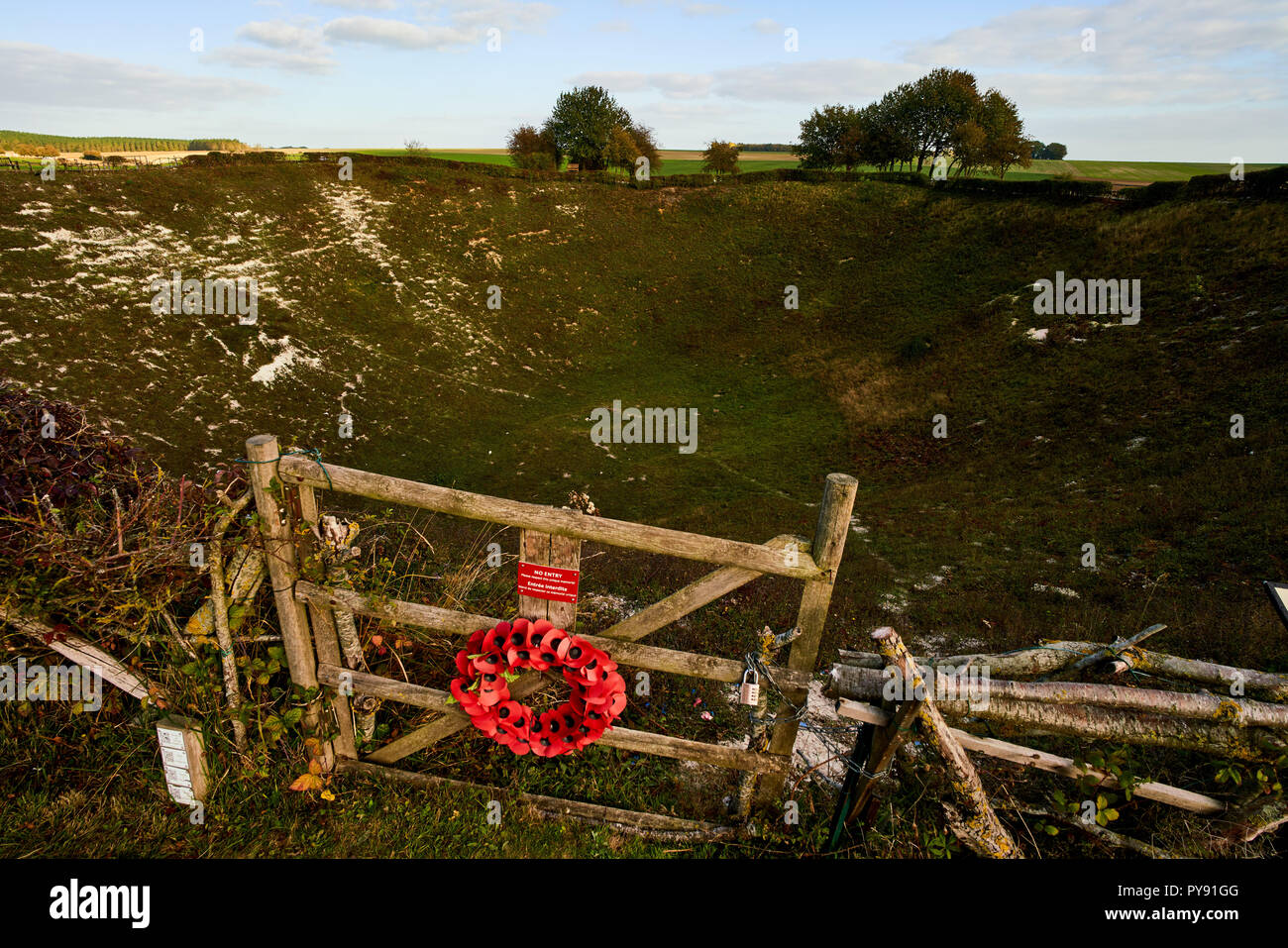
Lochnagar mine crater at La Boisselle in France Stock Photo Alamy
The tunnel for the Lochnagar mine was started on 11th November 1915 by 185 Tunnelling Company, but was completed by 179 Tunnelling Company who took over in March 1916. The shaft for the Lochnagar mine was sunk in the communication trench called Lochnagar Street.
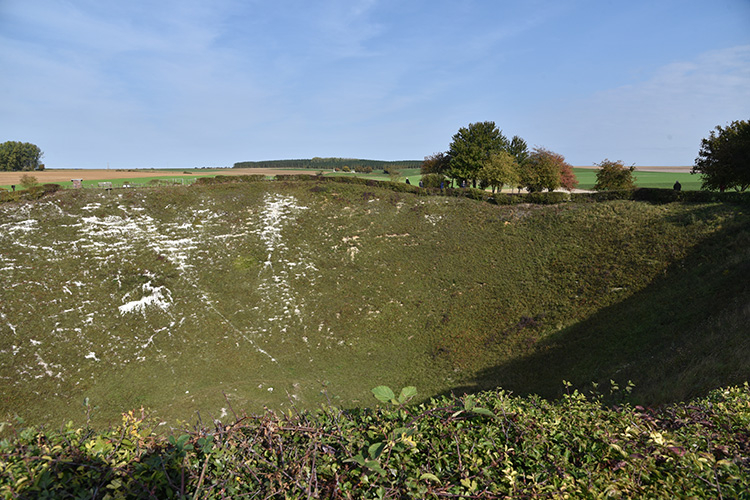
Lochnagar Crater History and Facts History Hit
Lochnagar Mine Crater Memorial, La Boisselle. Infantry Attack. Following the explosion of the mines the battle on 1 July 1916 began with the British infantry attack at Zero Hour 07.30 hours along a front of about 18 miles from the diversionary attack on Gommecourt village on the left wing to the attack on Montauban on the right wing. The first.
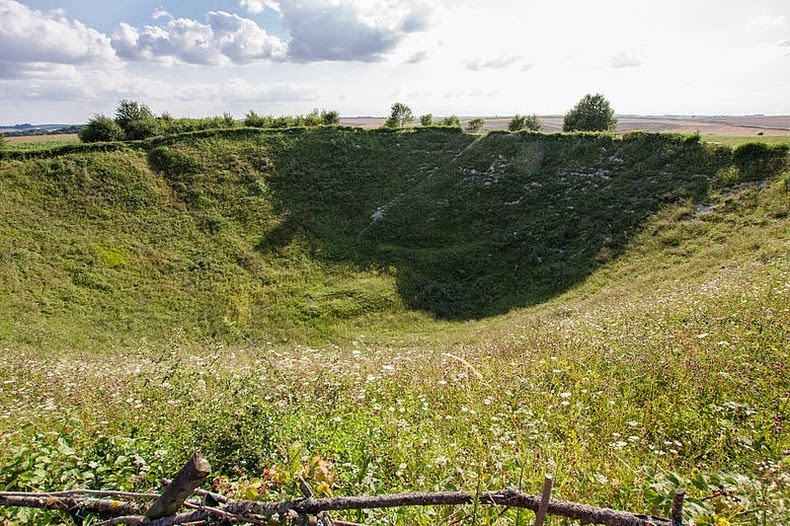
Lochnagar Mine Crater Amusing
Project Description Exploded on 1 July 1916 to signal the opening of the Battle of the Somme, the detonation of the Lochnagar mine created a massive crater, still visible on satellite images, and what was then the largest manmade sound in history. Richard has owned the Lochnagar Crater since 1978.

MINE CRATER FROM THE FIRST WORLD WAR (aerial view). Lochnagar Crater
The Lochnagar mine crater on the 1916 Somme battlefields in France is the largest man-made mine crater created in the First World War on the Western Front. It was laid by the British Army's 179th Tunnelling Company Royal Engineers underneath a German strongpoint called "Schwaben Höhe".

Lochnagar mine crater, Somme, France. Crater caused by underground mine
The Lochnagar crater of an English mine at La Boisselle near Pozieres, the crater is 28 metres deep and 60 metres in diameter. A soldier is standing in the base of the crater next to a mass grave. The grave is surrounded by seven posts and on top of the grave are empty shells and a skull, a tin hat is on top of post near the skull.

Lochnagar Mine Crater and memorial cross in fog near Ovillers on the
The Lochnagar mine was an underground explosive charge, secretly planted by the British during the First World War and ready for 1 July 1916, the first day of the Somme, the bloodiest day in British military history.

The Lochnagar Crater is the result of an explosive mine detonated below
An extended look at the Lochnagar mine crater which exploded under the German front lines on 1st July 1916 at the start of the Battle of the Somme.
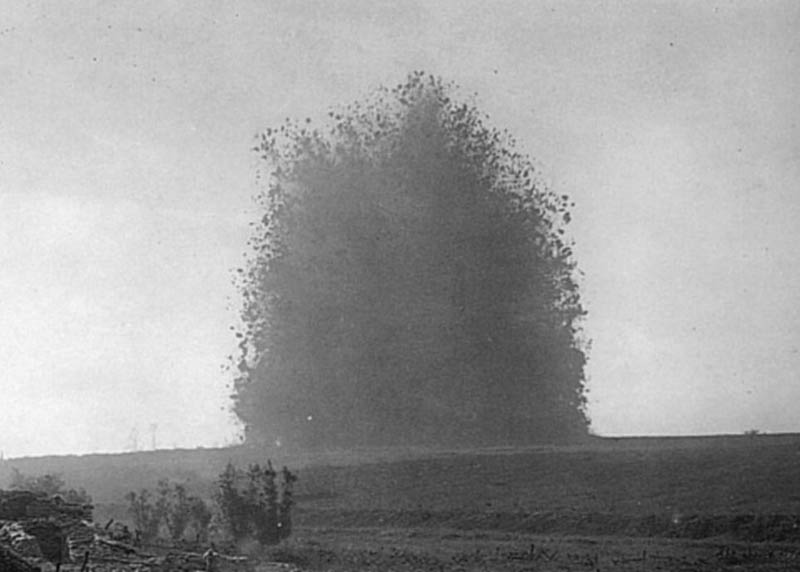
Picture of the Day Never The Lochnagar Crater » TwistedSifter
The Lochnagar Crater (Lochnagar Mine Crater) located in the village of La Boisselle in France's Picardie region, is the site where one of the first explosions of the Battle of the Somme took place on 1 July 1916. Lochnagar Crater history

Lochnagar crater. On 1 July 1916, the first day of the Battle of the
The Lochnagar Crater is within the Commune of Ovillers-la Boisselle and is located close to the village of La Boisselle to the south of the D929 between the town of Albert and the village of Pozières.
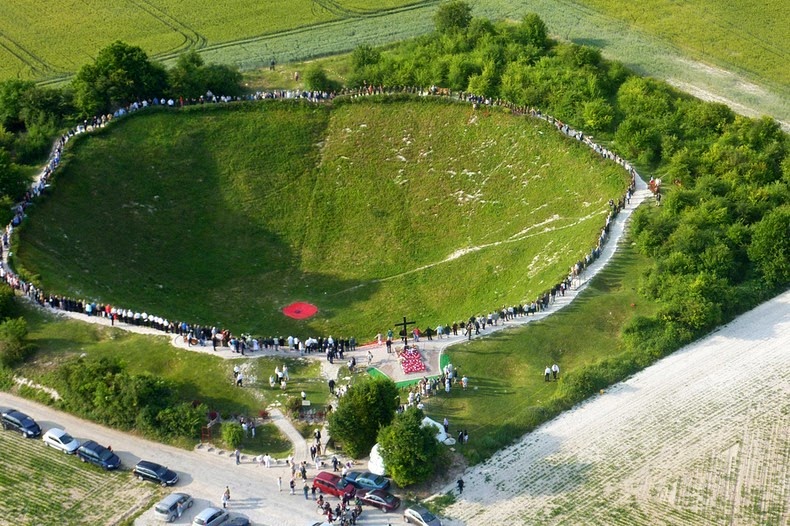
Lochnagar Mine Crater Amusing
This impressive mine crater, 100 metres in diameter and 30 metres deep, is the remains of a series of explosions that occurred on 1 July 1916. It took place at 7.28am, signalling the start of the Battle of the Somme by the British. my loved one my friends my family Free Oudoors Cultural heritage With the kids Free Oudoors Cultural heritage Free

Lochnagar mine crater, Somme offensive Stock Photo Alamy
On the morning of 1 July 1916, the British army detonated a mine in the village of La Boisselle, just north of Albert in France. It was the first day of the Battle of the Somme, during the First World War. The Royal Engineers had dug a tunnel, 50 feet deep, extending for about 300 yards from the British lines to the German front line.
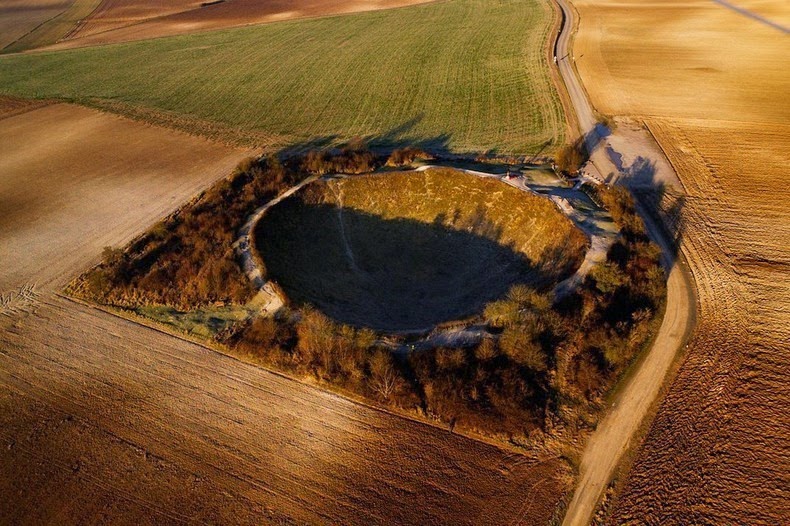
Lochnagar Mine Crater Amusing
The Lochnagar Crater was created by a large mine detonated beneath the German front line by the British Army's 179th Tunnelling Company Royal Engineers, at 7:28am on July 1st, 1916.
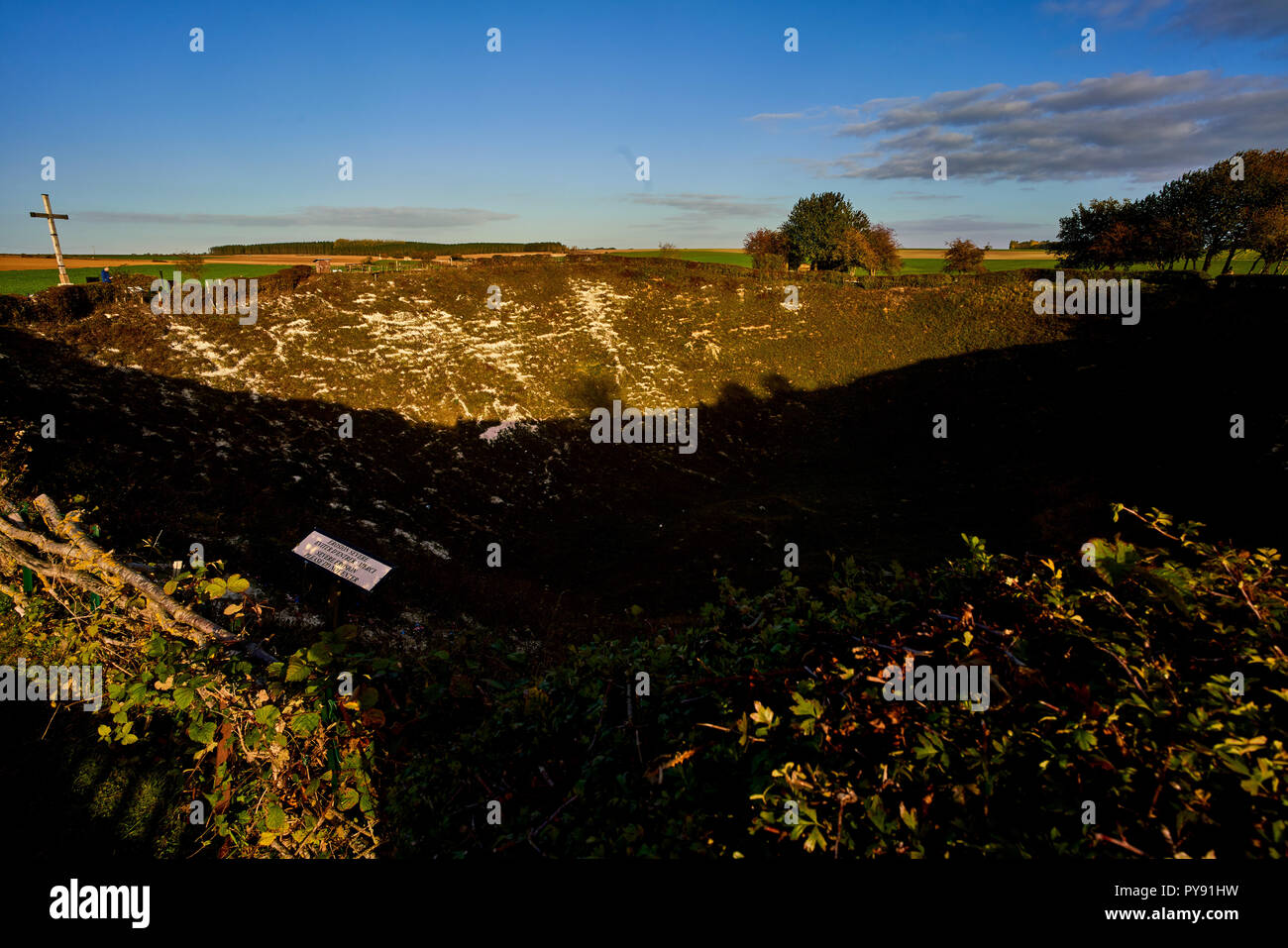
Lochnagar mine crater at La Boisselle in France Stock Photo Alamy
Lochnagar or Beinn Chìochan is a in the Mounth, in the Grampians of Scotland. It is about five miles (eight kilometres) south of the River Dee near Balmoral. It is a popular hill with hillwalkers, and is a noted venue for summer and climbing

The Lochnagar mine crater near La Boisselle, Somme, Picardy, France
la Boiselle and the "Glory Hole" From the road from the D929 up to the crater, on the right hand side is an area of land known during the war as the Glory hole. Here, the British and German front lines were extremely close together, and small mines had been blown by both sides to try and gain some advantage.

Lochnagar Crater YouTube
The Explosion On Saturday 1st July 1916, at 7.28am, two minutes before the attack began, the mine was exploded, leaving the massive crater 70ft (21m) deep and 330 ft (100 m) wide, that we see today. Debris was flung almost a mile into the air, as graphically recorded by Royal Flying Corps pilot Cecil Lewis in his book 'Sagittarius Rising':